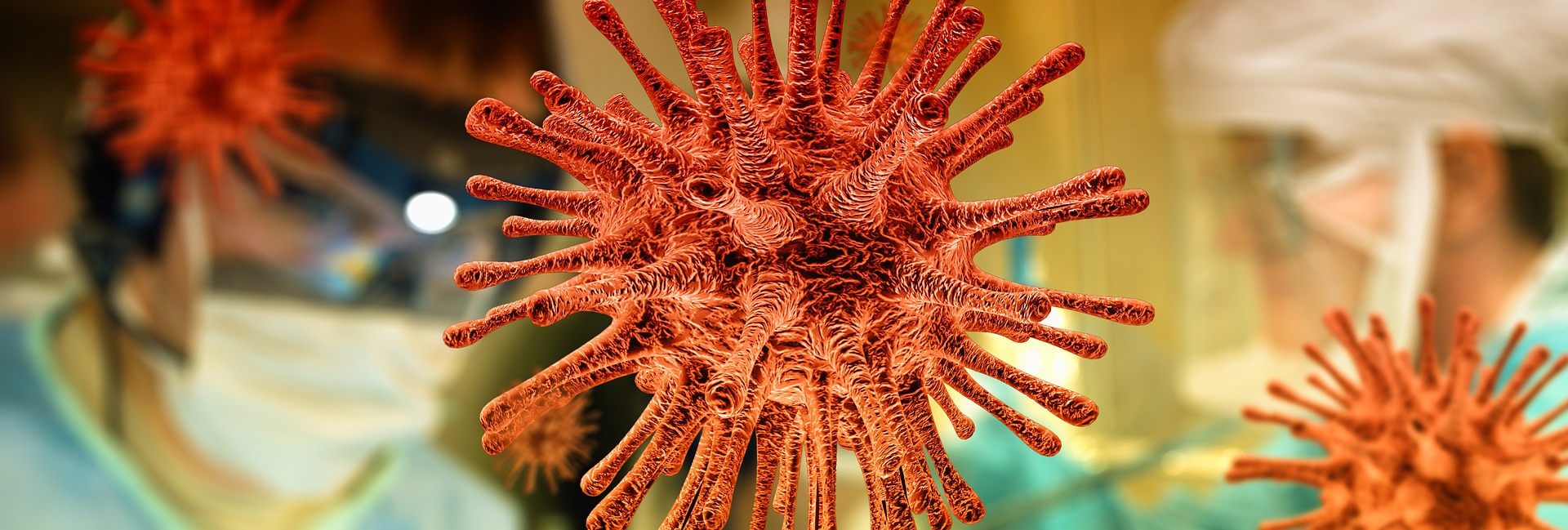So far, 36 cases of BA.4 and one point of BA.5 have been reported in Austria. In South Africa, the subvariants are even causing a new wave. One of the reasons for this is likely to be a change in the spike protein, which has not previously been found in Omicron. “We already know the L452 mutation from Delta, which means that antibodies can no longer bind to the virus. This could explain the high immune escape property of BA.4 and BA.5,” says molecular biologist Andreas Bergthaler in an interview with “Heute.”
Even the antibodies after a BA.1 infection would neutralize BA.4 and BA.5 extremely poorly, thus providing little protection against a new disease.
But do we need to worry now? “No,” says Bergthaler. After all, unlike South Africa, we would still have the seasonal dampener at the moment due to the warm summer months. But he also gives food for thought: “However, that doesn’t rule out the possibility of a variant spreading subliminally now. Let’s think back to 2021 when Delta hit Austria in June and initially provided low infection numbers, only to provide a very challenging wave in the fall.”
However, whether the Omicron subvariants would be capable of doing the same remains to be seen, he said. “BA.4 has a 10 percent per day growth advantage over BA.2, so that shouldn’t be underestimated, and so it could easily take over the infection race. But there are other variants, like the one from the U.K., with increased growth potential. But more importantly, there is currently no evidence that BA.4 or BA.5 would lead to a more severe disease course.”
After the summer at the latest, the questions will be which variant will dominate in our country, how well our current immune protection covers it, and what is the severity of disease progression.
There is currently a wide range of possible scenarios, he said. “In the best case, the pandemic is over, and we don’t have to deal with it anymore. In the worst case, the virus suddenly leads to much more severe disease courses, and our previously acquired immunity is no longer sufficient.” But the molecular biologist expects more of a middle ground: “I rather think we will continue to move somewhere between omicron and delta. We should continue to expect waves with high numbers of infections, but hopefully with a relatively low hospitalization rate. Nevertheless, the vulnerable groups will again be the main ones affected here, and we need to continue to support them with appropriate flanking measures.”
- source: heute.at/picture: pixabay.com
This post has already been read 1215 times!



